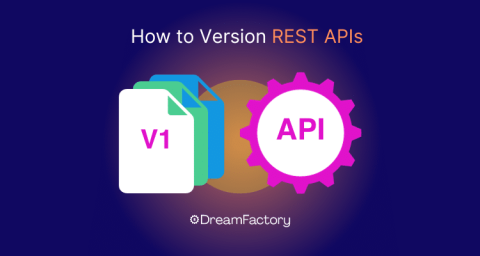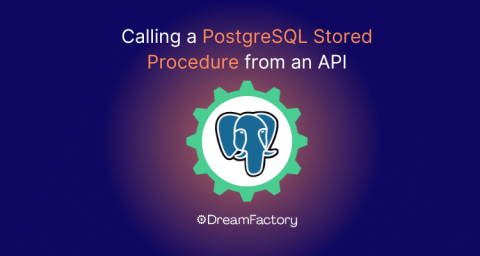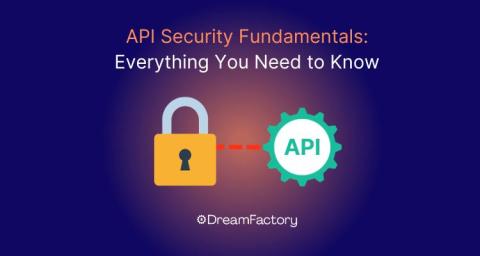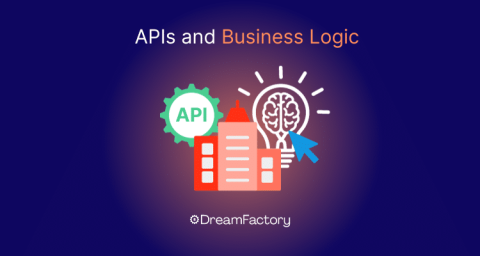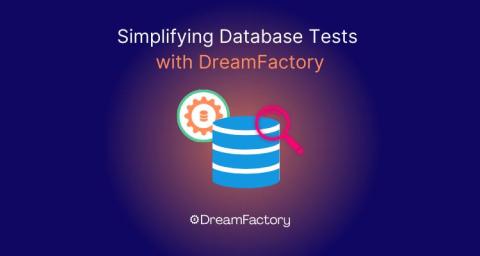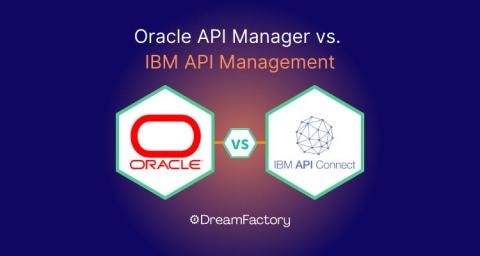How to Version REST APIs: A Comprehensive Guide
Versioning REST APIs is crucial for ensuring seamless interactions between software applications. In this tutorial, we’ll discuss how to version REST APIs, ensuring that developers can evolve their APIs without disrupting existing users. Here’s what you need to know about REST API versioning: Table of Contents.


